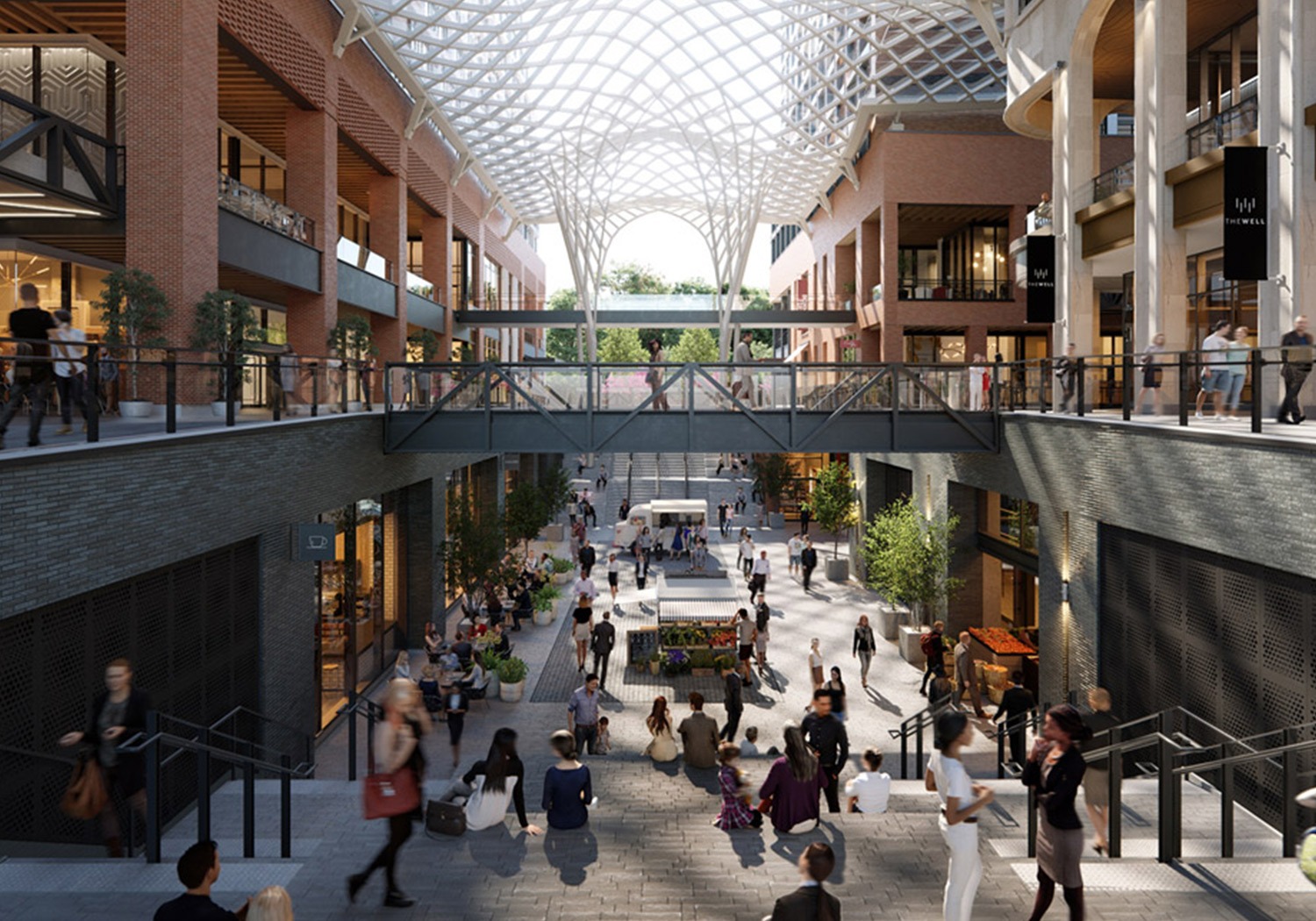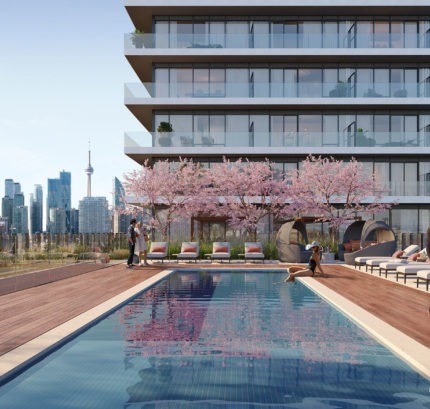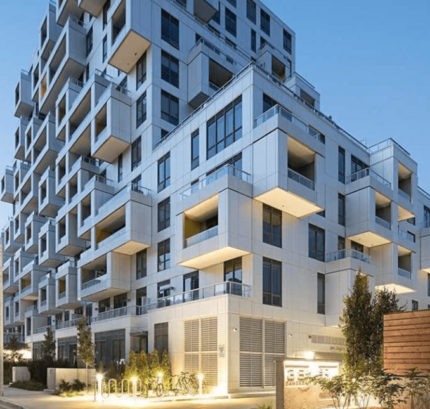Common questions about interim occupancy
Since interim occupancy is a foreign concept to those who have never purchased a pre-construction condo, here are some common questions prospective buyers might have:
What’s the point of the interim occupancy period? It allows you to move into your unit when it is ready, rather than having to wait for final closing.
Will the developer drag out this phase as long as possible? No, in fact, they want this period to be as short as possible. Thanks to the Condo Act, they can’t profit until the building is registered with the city and mortgages have taken effect for all residents.
How long will it last? The interim occupancy period is longer for lower floors than higher floors. An average is 3 to 6 months, but it may last from 8-12 months for lower floors.
What are the developer’s responsibilities during this period? The developer is responsible for providing the services that the condo corporation will take over upon completion of the building. These include: garbage disposal, property maintenance, and concierge services (if applicable).
Can I rent out the unit during interim occupancy? This can get complicated, as the developer is technically still the owner of your unit. So you will need to obtain permission from the developer before renting your unit during this time period. Think of the developer as your landlord.
Is there any way I can avoid paying interim occupancy fees? No, even if you do not move in, you will still have to pay the fees.
On a final note, please understand the lengths of the interim occupancy period specified here are merely set forth as guidelines; construction often experiences unexpected delays related to weather, the supply chain, and many other factors that can’t always be anticipated.






